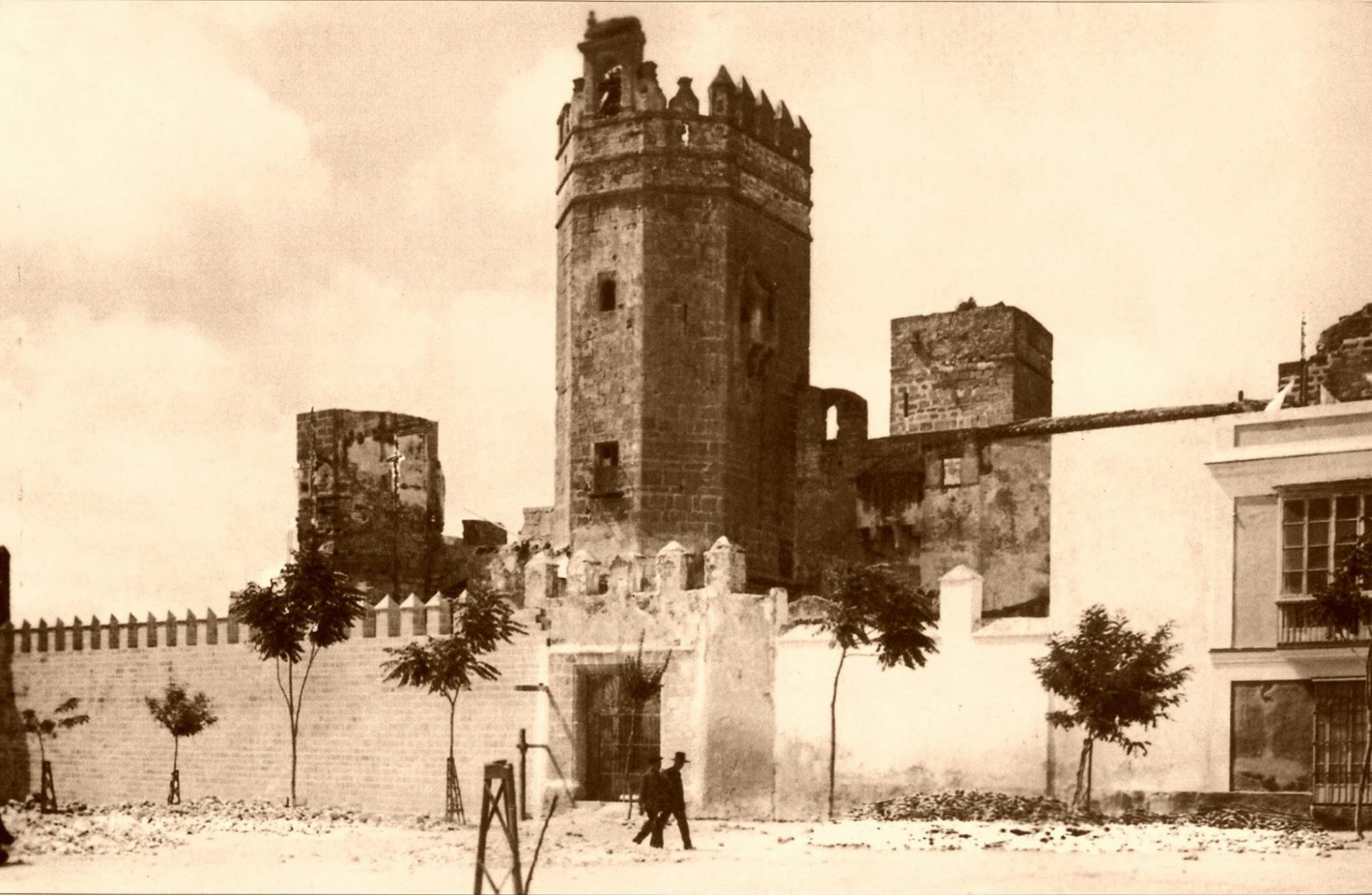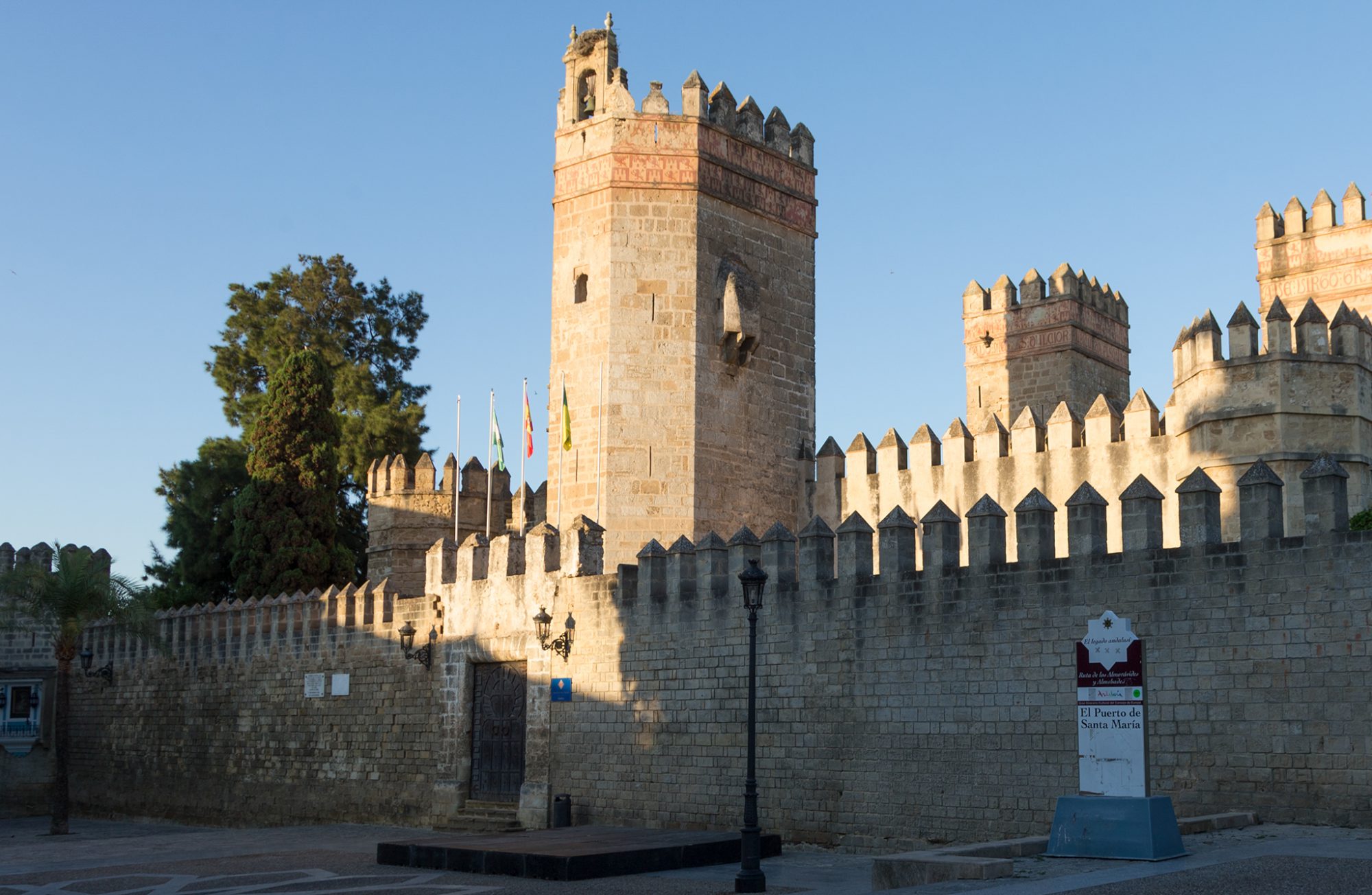More than 1,000 years look down on us


The Castle of San Marcos is a fortress in the heart of El Puerto de Santa María, whose final appearance is the product of different construction phases that have taken place throughout its long history. The essence of the building is shared both by Romans and Andalusians, as well as by Christian kings and Christian dukes; making the place a wonderful mixture of styles that the visitor can now enjoy .
Although it is true that there are testimonies of human activity since the Phoenician Era, the urban center of this town arose as a result of a Roman settlement through which the Via Augusta would run on its way to Gades, called Portus Gaditanus. We can date this mercantile city founded by Lucius Cornelius Balbus “The Minor” around I B.C. – II AD, observing some of its remains in the form of column shafts or building foundations inside the castle.
It is in the Andalusian period when, in an action of territorial control, a Caliphal mosque is going to be built on the possible remains of a previous late-Roman or Visigothic building.
This mosque, of which there are still testimonies, served as the basis for the construction of the fortified church of Santa María de El Puerto, carried out after the conquest of the territory by the Christian king Alfonso X El Sabio in the year 1264. All this fact was collected by the monarch in the Cantigas de Santa María, a first-hand document that helps to interpret the vicissitudes of the construction of a sanctuary whose remains can be seen today in places such as the chapel inside the room.
Already in the Modern Era, with the city in the hands of the nobiliary house of Medinaceli, is when another of the great reforms in the building takes place. Specifically during the dukedom of Luis de la Cerda (1479-1501) works were carried out such as the exterior wall or the sacristy of the church; coinciding with a period of splendor for the city of El Puerto due to the discovery and conquest of the American continent.
The Castle of San Marcos was key to this historical event, possibly housing such important personalities as Alonso de Ojeda, discoverer of the mouth of the Amazon River; Juan de la Cosa, who reflected the silhouette of the New Continent for the first time on a map made in the year 1500 or Christopher Columbus himself.
In the last century is when the monument takes its current shape and becomes property of Caballero Group, after its declaration as an Asset of Cultural Interest.

